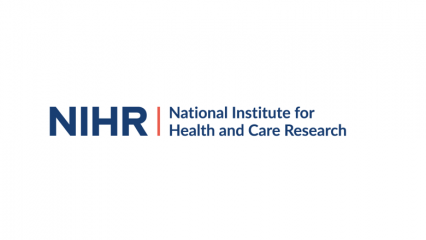Indicate study
Indicate study (A precision medicine approach to prognosticate hearing Loss associated with enlarged vestibular aqueduct)
Type: Study involving qualitative methods only
Funders: NIHR Manchester Biomedical Research Centre
Sponsor: The University of Manchester
Background
Enlarged vestibular aqueduct (EVA) is a congenital inner ear malformation of the bony vestibular aqueduct within the temporal bone. Individual hearing loss trajectory in EVA is markedly heterogenous, with significant variation in the timing, severity, and degree of hearing loss (HL) progression. Consequently, clinicians cannot counsel on the timeframes for HL surveillance, HL progression, need for hearing aid/cochlear implant surgery and the need to implement lifestyle restrictions to avoid sudden exacerbations in HL. There is an unmet need to identify clinical predictors for EVA hearing loss, thus facilitating an active, individualised approach to hearing loss monitoring and rehabilitation.
Aim
To deploy methods of Prognosis research and machine learning (ML) to confirm prognostic factors for HL in EVA. We will work towards the generation of a prediction model for EVA hearing loss and commence external validation as appropriate.
Main results
There are a handful of pre-existing exploratory prognostic factors for hearing loss in EVA. Analyses of our UK cohort revealed general timeframes to cochlear implant surgery and re-affirmed male gender as a prognostic factor for earlier cochlear implant. Our reproducibility studies of magnetic resonance imaging features indicated that midpoint of the endolymphatic duct and length, width and signal heterogeneity of the endolymphatic sac are reproducible imaging features that require further investigation for their prognostic potential. Analysis of an international cohort highlighted that HL in EVA is frequency specific, with higher frequencies of hearing lost first. Furthermore, our modelling has revealed further prognostic factors for EVA HL based upon morphology of the inner ear. Model performance using Elastic Net regression and ML algorithms requires identification of further prognostic factors and patient data to improve predictive capability.
Conclusions
This body of work has provided an exemplar as to how clinical data should be collected, curated, and interrogated in order to advance precision medicine in progressive HL, using EVA as an example.
Further information




